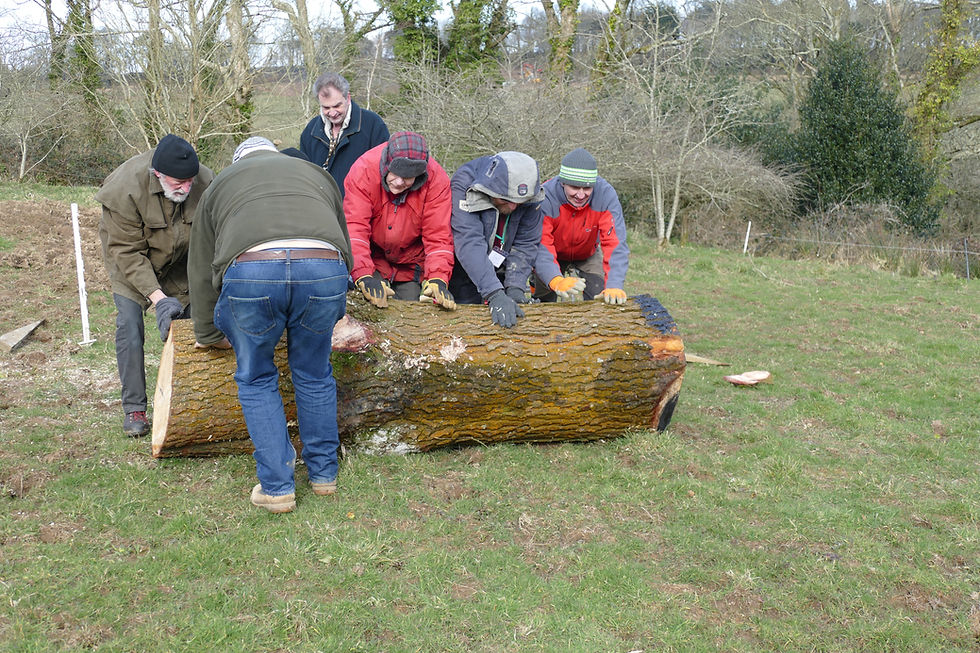Learning from Wild Bees and Tree Beekeeping
- Natural Beekeeping Trust
- Oct 16, 2016
- 2 min read
Updated: Feb 9, 2020

Picture - A 'temple' guard protects the inner sanctum of a wild tree colony
(Beech Tree, 5m above the ground on a cold October day - Essen Germany)
In the following article Jonathan Powell addresses the subject of bees as we hardly know them. Wild bees living in trees. Of course, all bees are wild. But a few hundred years of ever more refined honeybee “management” and environmental degradation have taken their toll on the creature. Deprived of nearly all ways of expressing their innate preferences and instincts, the bees are losing their resilience.
Contrary to what beekeeping orthodoxy - and this includes purveyors of ‘treatments’, bee saunas, bee gyms and any other such contraptions - would purport, wild bees exist in our country, and are faring well. Most of them live in trees, lovingly observed over years by warm-hearted beekeepers who feel happy for the bees to have ‘escaped’, others live in hives, lovingly observed by human beings, former beekeepers mostly, who have connected with them and feel enriched by their company. But just as there are not enough pure and unadulterated blossoms for the bees to feed on, there are not enough trees allowed to get old enough to develop natural cavities for bees to live in. Nor are there enough beekeepers allowing the species to propagate freely. That is our world now, and it is not bee-friendly. The resurgence of interest in the ancient craft of tree beekeeping, of creating new habitat, guarding what is left and allowing the honeybee to live in freedom, inspires hope. - Heidi Herrmann
To read the full article please follow this pdf link...
Please help us support the bees
The Article First Appeared in Star and Farrow Issue 125, July 2016






Comments